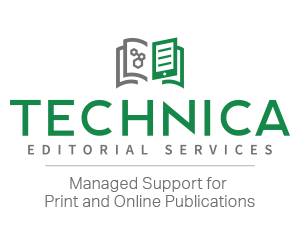Abstracts are the most read section of any manuscript, and they can decide readers’ stances on your manuscript before they even read your Introduction. Thinking of your abstract as a marketing tool for your manuscript can be daunting. Not only is this important bit of text a self-contained description of the manuscript, it is also used in numerous faculties, enticing readers to continue onto the manuscript, peer reviewers to accept the invitation to review the manuscript, researchers to click further into the electronic database entry, and conference organizers to include it in the conference proceedings publication (among others). Thus, it needs to be nimble, descriptive, and informative, while also keeping to the prescribed word limit.
On top of this, different media attach their own styling to text and this can change the presentation of the abstract. Formatting an abstract is just as important as the thought behind the text itself. For example, the online submission system may not support HTML formatting, only plain text. In such a case, any special characters included may drop out, the spacing may be broken between lines, and hard-coded hyphenation may create an unintended area of white space.
As if it weren’t complicated enough to create an abstract already, now an author has to contend with nuances in technology! To help with all this confusion, consider the following top tips:
- Keep it simple. And ensure that all of the information in your abstract is presented within your manuscript.
- Don’t treat the abstract as an excerpt of your manuscript — instead concisely state with fresh wording why the reader should care about the findings within the manuscript, the scope of the project, the methodology used, the results found, and the implications of your solution.
- Keep to the prescribed word limit. Not doing so may result in the abstract’s text being cut short, someone else making unwanted edits to your text, or, in a worst case scenario, the rejection of your manuscript.
- Utilize key search terms and phrases. These not only help researchers find your manuscript in a search engine’s results list but also help editors to assign reviewers during peer review.
- Do not include reference call-outs. If it is unavoidable, ensure the reference is fully cited as the abstract is often presented without the manuscript (and its reference section).
- Do not hard hyphenate to force hyphenation.
- Do not include extra spacing, paragraph returns, or tabs.
- Avoid special characters as these do not reproduce well.
- Use common fonts, such as Arial, Helvetica, Times New Roman, or Courier, as these translate between environments better than specialty fonts.
- Finally, revise, revise, revise! Polish the text several times to ensure that its information and point of view are presented as clearly as possible. Do so by cutting unnecessary phrasing and unimportant data, tightening organization, and correcting errors in grammar and style.
Following these tips will better position your abstract for optimal reading, no matter the audience.




